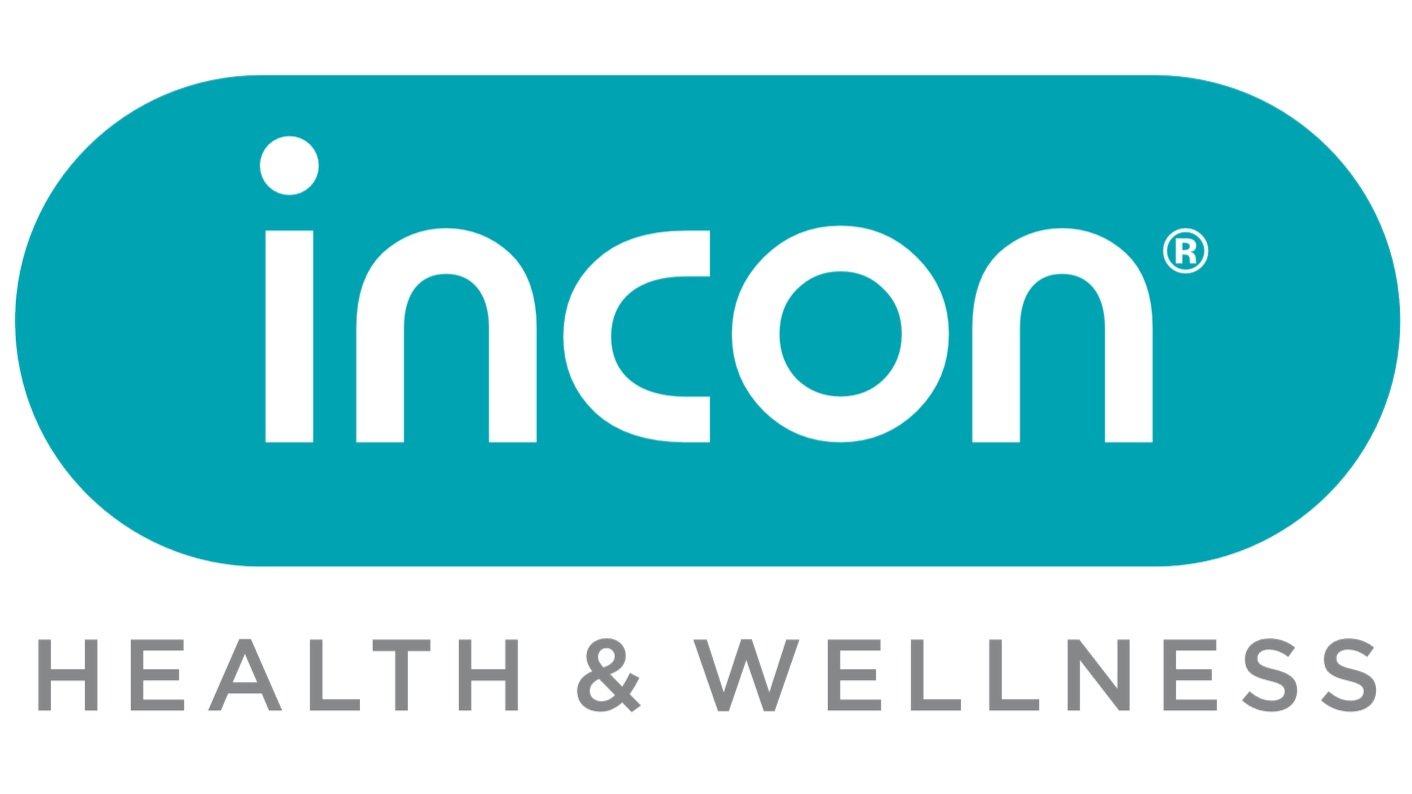Emergency Preparedness
Are You Ready for the Unexpected?
Emergencies, whether natural disasters, fires, or workplace accidents, can happen at any time. Being prepared is key to protecting employees and minimizing damage. A comprehensive emergency preparedness plan ensures that everyone knows what to do when the unexpected occurs, making the difference between chaos and a well-coordinated response.
The foundation of any emergency preparedness plan is a well-defined evacuation procedure. This should include clear, easy-to-follow routes and designated assembly points. Employees must know the nearest exits from their location, and evacuation maps should be posted throughout the workplace, particularly in high-traffic areas. Regular updates to these maps are essential, especially if there are any changes to the workplace layout or environment.
Emergency contacts are another critical component of preparedness. Maintaining an up-to-date list of emergency contacts, including local emergency services, building management, and internal key personnel, is vital. This list should be easily accessible to all employees, whether through printed copies or digital access, and regularly reviewed to ensure accuracy.
First aid readiness is also crucial in any emergency plan. The workplace should be equipped with fully stocked first aid kits, and there should be a sufficient number of trained first aid responders available. Regular first aid training sessions can be beneficial, ensuring that employees know how to respond effectively to injuries or medical emergencies.
Conducting regular drills is an important aspect of emergency preparedness. Drills, such as fire or earthquake drills, help employees practice evacuation procedures and become familiar with the process. Regular drills reinforce the procedures and help employees stay calm and efficient during real emergencies.
Clearly defining employee responsibilities is also essential. Designating roles, such as fire wardens, first aid officers, and floor leaders, ensures that during an emergency, there are individuals who can guide others, check that everyone is accounted for, and manage the evacuation or response effectively. This clarity can help prevent confusion and ensure a smooth and safe evacuation process.
In conclusion, a well-prepared emergency plan is a critical part of workplace safety. By having clear procedures, up-to-date emergency contacts, first aid readiness, regular drills, and defined employee roles, your workplace can be better prepared to handle unexpected events. The goal is to protect everyone and maintain safety in the face of potential emergencies, ensuring peace of mind for all.

